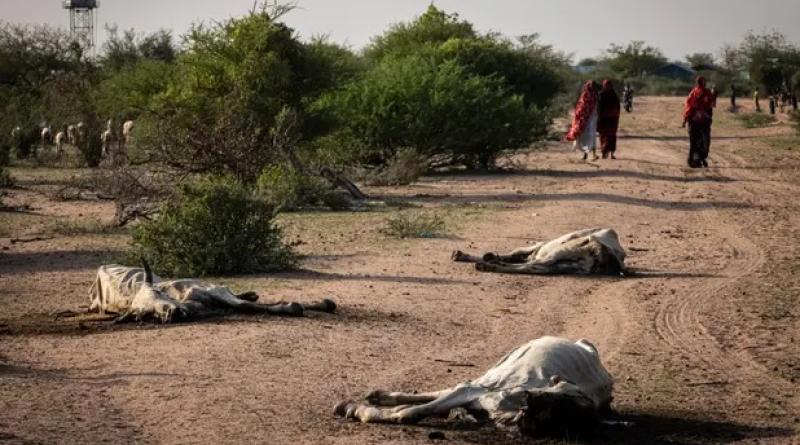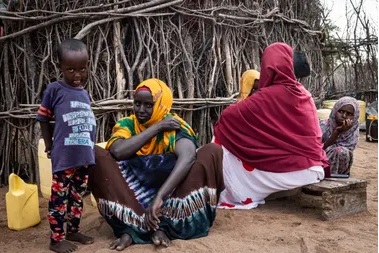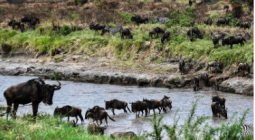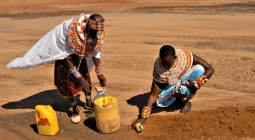‘All I can think about is the children’s future’: drought devastates Kenya

Dahabley smells of rotting flesh. Bodies of starved cows lie in various stages of decomposition, after being dragged to the outskirts of the village in Wajir county, north-east Kenya. They are added to on a near-daily basis and fester in the heat amid multiplying flies.
North-east Kenya is well used to spells of drought, but it is experiencing the worst in living memory. As the region’s short rainy season, which starts in October, draws to an end, parts of Wajir have only seen small showers and other areas have had no rain at all for more than a year.
In October, the Intergovernmental Authority on Development (IGAD), a regional trade bloc, and the UN’s Food and Agriculture Organization warned that 26 million people were struggling for food after consecutive seasons of poor rainfall in the Horn of Africa.
Wild animals are dying and herders are reporting losses of up to 70% of their livestock. With conflicts raging in Ethiopia and Somalia, aid agencies are struggling to assess the extent of the crisis. Now, as the next four-month-long dry season starts, there are mounting fears that large numbers of people will die.
In a round hut of woven sticks in Dahabley, Hodhan Issack, 22, is increasingly concerned about the health of her seven children. “I overthink things, and honestly, I think I’m going mad sometimes,” she says. “All I can think about is the children’s future.”
Her husband left to find work months ago. He occasionally sends money, but poor phone reception means they rarely speak. All 10 of their cows have died, and the three goats she has left from a herd of 50 are very weak and are surviving on the children’s leftover rice and maize.

Without making money from livestock, Issack can no longer afford monthly 500 Kenyan shilling (£3.30) school fees for her eldest two and they have not attended classes for a month. Her two youngest have thin hair and are visibly malnourished. Issack says she is struggling to cope. Mohamed Abdi, teacher at Dahabley primary school, says there are only 60 pupils left out of 120 as families have left in search of pasture.
Animals are central to the way of life of nomadic communities across the vast semi-desert plains of northern and eastern Kenya. A healthy cow is worth about $300, a goat $50 and a camel $1,000. Livestock act as both a bank account and a key source of food. The cows still alive in Dahabley are increasingly weak, sitting emaciated in the shade of gnarled trees around the village, with their value decreasing by the day.
Kusow Mohamed, 52, says that of his herd of 30 camels, 10 have died and the rest are thin, their fatty humps all but gone. Yet camels are one of the most climate-resilient mammals. “It’s unheard of,” says Mohamed, “we have never known them to die like this. Now we can’t afford to buy diesel to pump water from the village borehole.”
Ed Ram in Dahabley
COVER PHOTO: Dead cows outside Eyrib village. The crucial rainy season brought only a few showers, wiping out livestock and putting millions of people at risk. Photograph: Ed Ram/The Guardian






